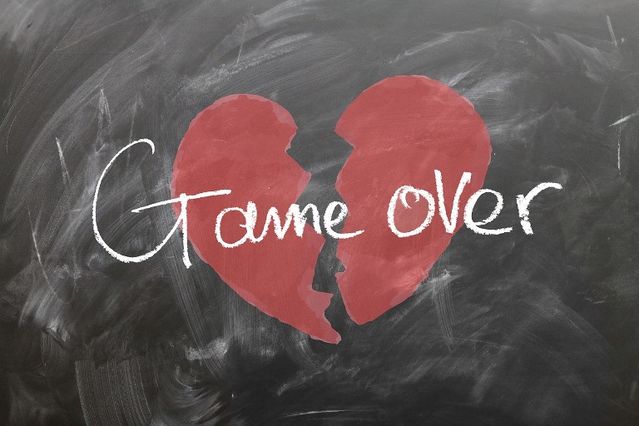Part 2
There are at least four specific reasons this happens and the same four reasons are why no one should be surprised.
Reason One: Training touches emotional, monkey brain places that are rarely activated inside the context of close, deeply physical personal contact. In our current society, the only other socially acceptable activity for this is on the dance floor at the nightclub…which also frequently ends up in sexual activity because biologically, it’s supposed to. There’s a reason the majority of people who take to the dance floor are young and/or single – it’s the human form of the animal kingdom’s mating dance. The level of personal contact and give-take behavior in martial/combat arts training carries a strong parallel to the dance floor. It feels like, to the social-monkey brain as a mating ritual.
Reason Two: Training can tap at the windows of the primal survival stress response (SSR). What we often reference as the Lizard brain can lift an eyelid in subtle activation. Not enough activation for the person to become distinctly aware of the experience though, which means s/he is unlikely to notice. If the student does feel the tremors of adrenalization, it is equally unlikely s/he will understand the experience for what it is (as most people have not had a personal experience of having their SSR fully engaged).
Why is this a contributing factor to a potential sexually charged interaction? Remember F/F/F stands for flight, fight or freeze. There’s actually a fourth F: flight, fight, freeze or fuck. The drive to get laid is high on the radar when adrenalized, once the Threat has passed anyway.
Back to the dojo with this explanation. We have lots of little, minor adrenalization episodes occurring in the context of Reason One and the potential for a strong drive to procreate gets reinforced by the SSR.
Reason Three: Attention. How many adults get a weekly experience of someone who pays close personal attention to a developing skill set? Close enough to offer subtle corrections and positive reinforcement? How many people in your life are standing on your personal sidelines cheering your small accomplishments? I’m not talking about the overt signatures of a rank testing.
These are the momentary successes during class. A punch improves, the footwork smooths out, a difficult technique finally clicks and the instructor smiles and nods. Maybe, there’s even verbal recognition and a reinforcing touch on the shoulder. A hungry place inside human desire for recognition/support gets fed by a “badass” authority figure. The instructor gets a perk out of this interaction as well. The student beams back, clearly happy to have earned an accolade and the instructor’s own status is reinforced.
This is a great recipe for presumed closeness or positive escalation in the relationship. It isn’t as if the student runs home gushing about how the instructor is madly in love with him, or her. It is a gradual and semi-conscious increase in expectation between one or both parties in the dance.
Reason Four: This is my last one for the article. It is by no means the last one worth discussing. Being an instructor in martial arts is the one profession in which you can guarantee others will bow to you. There are overt and subconscious expressions of power, strength and authority in this role. Power that can be easily abused and power that can be easily attached to in a parasitic sort of way by the student who doesn’t want to discover power; opting instead for just borrowing the instructor’s by association.
These four reasons can be in play without conscious awareness on either the student or the instructor’s behalf. Whether conscious or not, the dynamic will play out until light dawns on the unraveling integrity of all parties involved and the ripples reach out through the student body and the community.
There is an apparent deleterious impact on the business potential of the training center if the ripples reach broadly enough. Students leave, new students shy away and if there isn’t a sharp correction, the trajectory reads like a crystal ball predicting the dojo’s doors getting locked up due to lack of payment on the lease. No one wants to face the repercussions of a failed business, no matter how valuable the life lessons from the experience may be.
And as true as that is, perhaps the more critical failing is in the meta message: in this place where you are invited to learn strength and power, strength and power will be misused.
There is enough of that across our cultures and post-modern societies. Most people who become professional instructors do not enter the profession to abuse their authority or seduce their students, but it happens. The results can create trips to the therapist’s office when the mat might otherwise have been therapy enough.
Talking about this reality in our profession is one of the necessary steps to changing it. So…there you have it. It’s out here, in print, out in the open. Do with it what you will.
